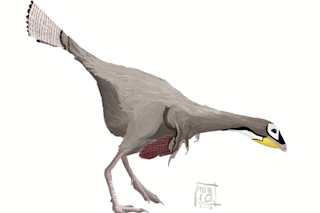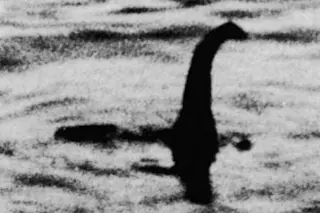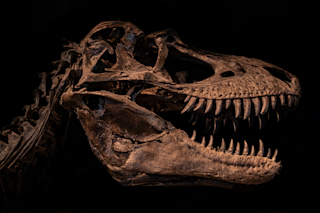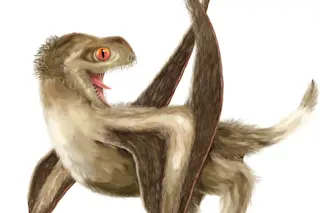As Larry Martin explored the barren hills of a remote corner of northeast China last March, it struck him that he was visiting a scene of mass death. Here, on the shores of an ancient lake, hundreds of birds, dinosaurs, fish, insects, and plants all died suddenly sometime between 130 and 110 million years ago. Perhaps they were engulfed in a cloud of ash or poisonous gas from a volcano—but today, in any case, their remains are so numerous and so well preserved that the site in the Liaoning Province is being called a paleo-Pompeii. It’s as if they were frozen in time, says Martin, a paleontologist at the University of Kansas in Lawrence.
The site has been known for years to local people, who have dug up fish and insect fossils to sell to collectors. But its importance wasn’t recognized until recently when one lucky prospector hit pay dirt—layers ...














